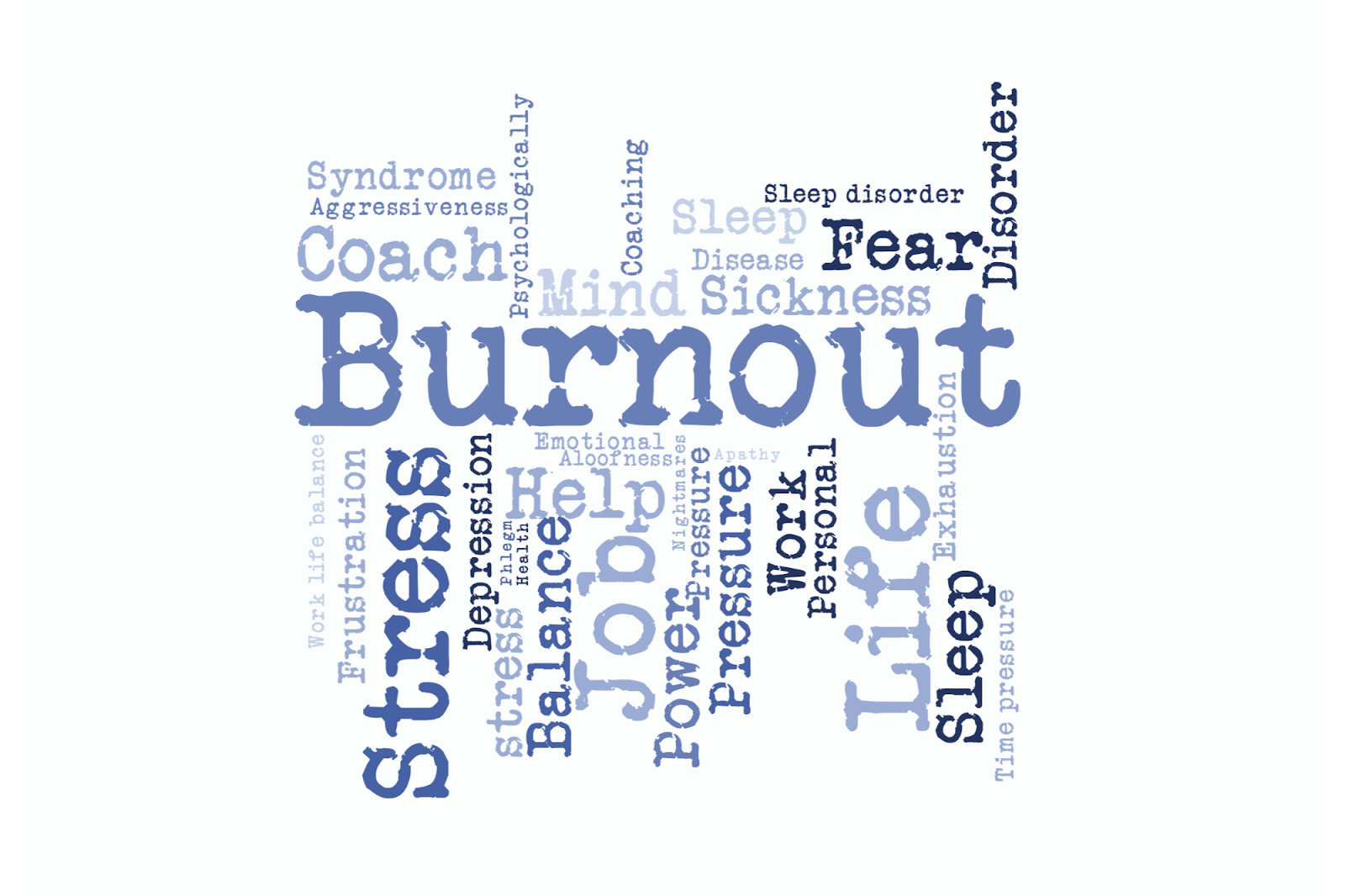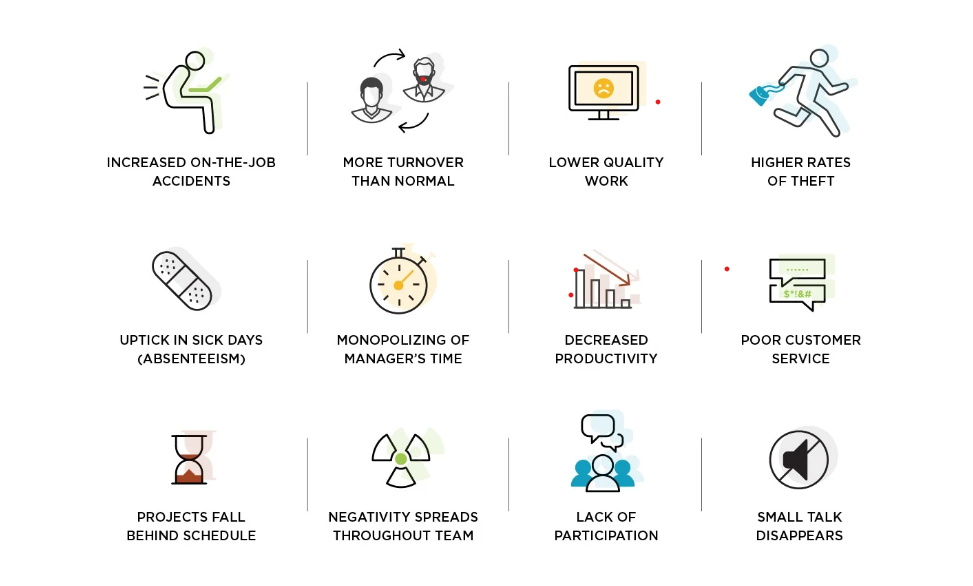Signs of Software Engineer Burnout and Ways to Prevent It

In the fast-paced tech world, software engineers’ teams are under the gun to move mountains. The pursuit of lightning-fast achievement can lead to neglect of their basic needs, happiness, and mental health, which can take a toll on their creativity and innovation. Over time, this can culminate in burnout for software engineers.
It’s undeniable that burnout can rear its ugly head even among your top-performing developers and software engineers. Shockingly, the latest figures suggest that a staggering 58% of security and development professionals are currently feeling the burnout blues. This is a cause for concern, to say the least.
In this article, we’ll explore the warning signs and root causes of burnout in software engineering and share some tips and tricks to prevent and reduce it. Remember, it’s always better to slow down and steady the pace than to burn out and crash.
What Is Burnout Exactly?
Burnout has been a common experience for a long time, but the term was only introduced by psychologist Herbert Freudenberger in 1974. In his book “Burnout: The High Cost of High Achievement,” Freudenberger characterizes burnout as “the loss of drive or enthusiasm, particularly in cases where one’s dedication to a purpose or connection fails to yield the intended outcomes.”

To be more precise, burnout is a pervasive condition that arises from prolonged exposure to high-stress levels, particularly in work-related settings. It can also manifest after working in a physically or emotionally demanding role for an extended period.
What is Professional Burnout?
Burnout is not just feeling overwhelmed or stressed; it can also cause physical, mental, and emotional problems. The triad of indicators that defines job burnout includes:
- A lack of drive or initiative towards work-related tasks.
- A decreased job satisfaction.
- A reduced sense of confidence or competence in performing work duties (may appear as a sense of inefficiency).
Although burnout is not a medically recognized diagnosis, it can significantly impact a person’s physical and psychological well-being if left unacknowledged or untreated. That isn’t simply an emotional response; the chronic stress that results in burnout changes the brain’s anatomy and functioning.
These changes can significantly strain cognitive abilities (thinking, learning, reasoning, and concentration) and neuroendocrine systems (which release serotonin and adrenaline). Under prolonged stress, the brain can go into “survival mode,” which can impede motivation and the ability to take responsibility.
What is the difference between stress, burnout, and depression?
The boundary between stress, burnout, and depression can be fuzzy, and distinguishing where one condition ends and the other begins can be challenging. However, recognizing the differences is crucial in identifying and addressing these conditions.
Burnout results from accumulating unchecked and prolonged stress over time. But stress and fatigue are commonplace experiences for most people; they pass sooner or later. In contrast, burnout is a vicious cycle of negative emotions and withdrawal that arises from investing too much emotionally, intellectually, or physically without opportunities to rest, recharge, or pursue interests outside of work.

Depression, unlike stress and burnout, doesn’t always have a specific cause. While a particular stressor can trigger depression, it can persist long after the stressor is gone. While stress and burnout can often be managed by taking proactive steps to reduce their impact, depression may require professional intervention.
How stressful is it to be a software engineer?
Is software engineering stressful? Interestingly, it is considered one of the least stressful occupations within the technology industry. Factors contributing to this perception include a typically calm work environment, generous compensation, and a low likelihood of job loss. But this is only one side of the coin.
Along with this, engineers face tight project deadlines, sudden ad-hoc requirements, and frequent bugs. It’s all part and parcel of the job, but when this pressure becomes relentless and puts developers under constant stress, emotional exhaustion, and inefficacy, it can lead to burnout.
According to global research, two out of every five IT professionals are highly susceptible to experiencing burnout, with the figure being even higher in IT security, which exceeds 50%. Despite the shift to remote work, many tech workers have actually become more stressed instead of less.
What are the causes of software engineer burnout?
Burnout is a formidable enemy that can strike any developer, no matter how skilled they are. Interestingly, programmers seem more prone to burnout than other professionals. But what exactly causes developer burnout? Let’s delve into some of the underlying reasons.
- Sitting at a desk 8+ hours a day takes a toll on physical health, as staring at a screen for prolonged periods drains energy and causes fatigue. Developers often work longer hours to meet deadlines, which exacerbates the problem. Unfortunately, some managers equate hours worked with productivity, but this research shows this isn’t true. Managers could not distinguish between the work done by employees who worked 50 hours per week versus those who worked 80 hours per week. Overloading yourself with tasks is a surefire way to invite burnout.
- Mental health issues are also a common cause of burnout in the tech industry. IT programming is a highly cognitively intensive and stressful job, requiring problem-solving skills and intense concentration. That can lead to mental fatigue and exhaustion, like a muscle tired after lifting weights for hours.
- Doing the same type of work can make the job monotonous and lead to losing motivation and passion for programming. This feeling of being stuck can cause anxiety and insomnia, especially if it persists for weeks.
- Isolation from others is another cause of burnout, as it can make developers feel disconnected and lonely. Lack of exercise, sleep, and poor nutrition can also contribute to burnout by draining mental and physical energy.
- Also, weak programming culture can cause burnout among developers. If senior developers or companies fail to train junior developers properly or ignore technical debts, it can lead to more work and longer hours for everyone involved. Ultimately, a weak programming culture can lead to burnout for all team members.
- And lastly, a lopsided work-life balance can be the crux of burnout, as investing all energy and time into work can chip away at an engineer’s personal life, leaving them feeling exhausted and resentful of the daily grind. As the old adage goes, “all work and no play make Jack a dull boy.”
So as you can see, burnout has many causes. However, it’s crucial to note that burnout is entirely preventable, and achieving a healthy work-life balance can lead to happy, productive developers.
Signs and Symptoms of Software Engineering Burnout
The path of burnout in software engineering is treacherous, and the longer you tread it, the more intense the symptoms can become. With that in mind, let’s delve into the indicators that your software engineers may be experiencing burnout.
- Growing emotional detachment from one’s work may take the shape of increased irritability, avoidance, procrastination, forgetfulness, lack of focus, arriving late or leaving early, a sense of cynicism, and difficulties in following through with tasks.
- A decrease in professional efficacy may be exhibited through behaviors like reluctance to interact with colleagues, delay in completing essential assignments, lack of enthusiasm for self-improvement or training, prioritizing other tasks during work hours, and feeling disengaged or disconnected during meetings.
- A sense of physical and mental exhaustion, regardless of adequate rest, coupled with difficulty unwinding, disruptions in sleep patterns, muscle aches, and increased susceptibility to illness. In addition, there may be a loss of interest in non-work related activities and a lack of enthusiasm for them.
Without telepathic abilities, it can be difficult to discern whether software engineers are depressed. Fortunately, Pluralsight has created a helpful infographic outlining some common signs to watch out for.

Therefore, it’s crucial to be vigilant and identify the early warning signs of programmer burnout. Early intervention can make all the difference and prevent the situation from worsening.
What are the consequences of burnout?
Burnout can have severe consequences, not only for individuals but also for organizations as a whole. The impact can be seen in several areas, such as:
- Reduced efficiency: Burnout can decrease productivity as exhausted employees struggle to maintain their usual work output.
- Missed deadlines: As employees experience burnout, they may become overwhelmed and unable to complete tasks on time, leading to missed deadlines.
- Lowered project quality: Burnout can also harm the quality of work produced, as exhausted employees may make mistakes or overlook important details.
- Increased staff turnover: When employees experience burnout, they may feel compelled to leave their jobs, leading to increased staff turnover rates. Even if they choose to stay, they often experience a 13% decrease in confidence in their work performance and are only half as likely to discuss performance goals with their manager. This can be costly for organizations and negatively impact team spirit and cohesion.
Burnout on Remote and How to Deal With It
Although remote work has eliminated certain stressors, such as commuting, it has also introduced new sources of stress, such as longer working hours, reduced work-life balance, and video conferencing fatigue.

Why Does Working from Home Cause Burnout?
The three primary factors that often lead to burnout when working from home are:
Difficulty in disengaging from work
One of the leading causes of burnout in remote work settings is the challenge of detaching oneself from work. As the boundary between home and work blurs, remote workers often end up working longer hours. Many employees working from home frequently participate in meetings during lunch breaks or continue working late to complete their assignments.
How to deal
To effectively manage remote employees, employers must prioritize deliverables over hours worked. That necessitates establishing well-defined expectations, such as scheduling twice-daily check-ins, to ensure everyone is on the same page.
By shifting the focus from hours worked to task completion, remote workers are able to concentrate on meeting their goals during designated work hours. This approach allows employees to work independently without feeling overly scrutinized, enabling employers to achieve optimal results.
Lack of motivation in a workplace setting
The isolation that comes with working from home can be incredibly daunting and can exacerbate burnout. When individuals experience burnout, they often want to do anything but work, leading to a lack of productivity and a further sense of detachment.
How to deal
To combat the lack of workplace inspiration that remote employees may experience, there are numerous strategies that employers can employ. One effective approach involves fostering a sense of belonging among team members.
Employers can begin by establishing a shared set of team values that promote a sense of cohesion and unity. For instance, if your team values enjoyment and fun, consider organizing engaging activities or social events to facilitate team bonding. That can help remote workers feel more connected and motivated, even when working from a distance.
Absence of a supportive work environment
If you are experiencing burnout, it is crucial to communicate your situation with your managers and colleagues. Burnout statistics related to remote work reveal that almost half (48%) of remote employees report feeling unsupported by their employers on an emotional level. Since remote workers lack personal interaction with managers and colleagues, it becomes challenging to communicate their struggles and ask for support when needed.
How to deal
Employers can support their remote employees by showing they care about their well-being and are interested in their needs. One way to do this is by regularly connecting with remote workers through video calls and requesting honest feedback about their emotional state. That builds stronger relationships and trust between remote workers and their employers.
How to Manage Software Engineers’ Burnout: 5 Tips
It’s crystal clear that burnout substantially impacts both individuals and organizations. Gallup studies have shown that burnout results in a staggering $322 billion annual loss in productivity for companies. Moreover, a recent survey by Aon, a financial services firm, found that taking care of employee well-being can boost company performance by anywhere from 11% to 55%.
As the saying goes, “You can’t have your cake and eat it too.” If you want to succeed and thrive as a company, you can’t turn a blind eye to burnout. It’s essential to prioritize employee well-being and take proactive measures to prevent burnout from taking hold.

So let’s explore measures you can take to manage software engineers’ burnout effectively and at least alleviate it.
1. Encourage and allow healthy habits
As the saying goes, “healthy body, healthy mind.” Leading a life based on healthy habits can significantly reduce one’s likelihood of experiencing depression. Furthermore, building positive habits begins with setting attainable goals. Accomplishing these goals brings about feelings of satisfaction and joy, which in turn stimulates the release of dopamine – the brain’s “feel-good” chemical.
Developers are typically logical individuals who understand the importance of breaking bad habits and replacing them with positive ones. Whether it be going for a walk, a run, or doing some sit-ups, starting small is key. Building a new routine takes time and effort, but the rewards are well worth it in the end.
2. Help engineers work intelligently, not just tirelessly
Getting extra hands is not always possible when workloads become overwhelming. Fortunately, numerous solutions are available to help developers work smarter, not harder. For instance, an AI-powered tool like GitHub copilot or Chat GPT can significantly boost their productivity if they struggle to produce enough code. If collaboration tools take up too much of their time, consider trying to automate the team’s hand-offs.
3. Organize team bonding activities that encourage interaction and participation
Building a cohesive development team is essential for any organization; team-building activities can help achieve this goal. These activities may include group games, team discussions, off-site retreats, or even participating in shared activities. The critical element is to create an enjoyable and interactive experience that brings the team members closer together and can improve team dynamics, increase productivity, and enhance the work environment.
4. Hire remote developers
Programming fatigue can be caused by an overwhelming accumulation of development tasks, particularly when there are rigid deadlines. Such a situation can severely affect the team’s mental well-being and project outcomes. One way to achieve this is through team extension, where you augment your programming team by hiring offshore software developers. By doing so, you can reduce the workload on your in-house team, which mitigates the risk of programmer burnout and enhances the chances of delivering successful project outcomes.
5. Help engineers maintain work-life balance
Educating your team on maintaining a balanced work-life schedule can go a long way in promoting their well-being and overall success. Some employees need help taking time off from work, resulting in losing or carrying over their vacation time at the end of the year. It’s important to encourage them to take time off and plan their workload accordingly to accommodate their vacation time.
Remember, prevention is better than cure, and it’s always easier to maintain your well-being than to regain it once it’s lost.
Software Engineer Work-life Balance: How to Make it Effective?
Achieving a better work-life balance is crucial for software engineers, and there are several ways to make this happen.
- Set clear boundaries. Establishing boundaries between work and personal life can help create a sense of structure and prevent burnout. Try to separate your work and personal devices, create a designated workspace, and establish a set schedule.
- Prioritize self-care. Take time for self-care activities such as exercise, meditation, or hobbies that help you relax and recharge. Self-care is not selfish but rather an essential component of maintaining productivity and focus.
- Learn to delegate. Delegation can help you free up time and reduce stress. Consider outsourcing certain tasks or delegating to colleagues when possible.
- Manage your time. Use time management tools and techniques to help manage your workload and increase productivity. Prioritize tasks, break down large projects into smaller steps, and use productivity apps to help you stay on track.
- Communicate. Effective communication with colleagues and management is crucial for maintaining a healthy work-life balance. Be honest about your needs and limitations, and work together to establish expectations and boundaries.
- Try something new and fun. Boredom accelerates burnout, so be sure to have fun at conferences or seminars, collaborate with colleagues on interesting projects, or learn new technologies. It will help preserve your creativity and prevent monotony from draining your enthusiasm when working on less exciting tasks.
Remember, a healthy work-life balance benefits your well-being and can increase productivity, creativity, and job satisfaction. By implementing these strategies, software engineers can find success both in and out of the workplace.
Summing up
Software development is a demanding field that tackles complex problems and delivers innovative solutions with far-reaching impacts. As a result, developer burnout is a real concern, and it’s crucial to take preventive measures before warning signs appear. Doing so can ensure that your employees remain satisfied and fulfilled in the long run without the risk of burning out.
If your developers are experiencing burnout due to an overload of tasks, remember that you don’t have to handle everything in-house. You can explore other options, such as delegating the project to an IT outsourcing company or hiring a dedicated development team to share the workload.
As the saying goes, “Don’t put all your eggs in one basket.” By diversifying your resources, you can alleviate your team’s workload and bring fresh perspectives and skills to the project. Thus, contact us to learn more about these options and how they can benefit your organization.



